K9 Behavior
Unlock the Secrets of Good Leadership with Your Dog: Love, Direction, and Communication
0
The Essence of Leadership: Love, Direction, Communication, and Understanding
In today’s world, where the relationship between humans and dogs is evolving beyond mere companionship to a bond rooted in mutual understanding, good leadership emerges as a crucial skill for dog owners facing behavioral challenges. This article explores the four pillars of effective leadership—love, direction, communication, and understanding—ensuring not just a harmonious life with our pets but also fostering a deeper connection that aids in behavioral corrections.
Understanding Leadership Through Love
At its core, good leadership encompasses love. This love isn’t merely affection; it is a commitment to understanding and caring for your dog’s needs, emotions, and instincts. Just as a great leader nurtures their team, a dog owner must nurture their pet. This involves recognizing signs of distress or confusion and responding with empathy, rather than frustration. According to empathy, a key leadership trait mentioned in Harvard Business School’s insights on communication, acknowledging your pet’s feelings enables a more supportive environment for learning and behavior modification.
The Power of Clear Direction
Effective leaders provide clear direction, steering their teams toward shared goals. For dog owners, giving clear and consistent directions is fundamental when training a dog and managing behavior issues. Using specific commands and reinforcing them consistently helps dogs understand expectations, which is parallel to how leaders communicate objectives in a business setting. When dog owners articulate their needs with clarity—as recommended by effective communication principles—dogs are more likely to respond positively, fostering mutual respect and trust.
Communication: The Key to Leadership
As discussed in the Top 10 Principles of Effective Leadership Communication, communication is a two-way street. For dog owners, this translates into actively listening to their pet’s cues and adjusting their approach accordingly. Dogs communicate through body language and vocalizations, and understanding these signs is akin to understanding team members' feedback in a professional environment. Leaders must not only convey their messages but also create a space where feedback is cherished. This mutual exchange enhances understanding and strengthens the bond between the pet and the owner.
Building Understanding Through Knowledge
Good leaders invest in the knowledge necessary to make informed decisions—similarly, dog owners should strive to understand their pets’ behavior through education. By studying canine behavior and psychology, owners can develop strategies that resonate with their dogs’ natural instincts. This practice not only helps in addressing behavioral issues effectively but also lays the groundwork for a long-lasting relationship characterized by trust and partnership. Knowledge fosters understanding, and understanding cultivates a better living environment for both dog and owner.
Counterarguments: The Challenges of Leadership in Dog Training
While the ideals of love, direction, communication, and understanding set a strong foundation for dog ownership, some might argue that implementing these principles can be challenging, especially in the face of aggressive or fearful behaviors. It can be tempting to resort to strict discipline when behaviors become overwhelming, yet research indicates that punishment can lead to further behavioral issues. The focus should remain on building trust through positive reinforcement and understanding, creating an effective leadership dynamic where both owner and dog thrive together.
The Emotional Connection: Why This Matters
The emotional toll of dealing with a dog’s behavioral issues can be heavy for owners. Acknowledging this emotional aspect is crucial. Owners often feel guilt or frustration when their dog exhibits unwanted behaviors. By grounding their approach in love and understanding, they can alleviate some of these negative emotions, fostering a healthier relationship and promoting better outcomes in training.
Actionable Insights for Dog Owners
To integrate these leadership skills into daily interactions with dogs, owners can adopt several key practices:
Implement consistent training routines that emphasize positive reinforcement.
Engage in open dialogue with trainers or fellow pet owners to gather diverse perspectives and strategies.
Regularly assess and adapt training techniques based on the pet’s responses.
By proactively managing the relationship in these ways, dog owners assert themselves as effective leaders in their pets' lives.
Your Path Forward: Embrace Leadership
As a dog owner navigates the complexities of behavior issues, embracing the principles of good leadership—love, direction, communication, and understanding—can create significant transformations. Ultimately, this journey not only enhances the relationship with a dog but also promotes a deeper understanding of the emotional and psychological aspects of canine behavior.
Take your leadership role seriously: invest in learning, practice empathy, and above all, communicate with love. These steps will pave the way to a successful partnership with your canine companion.

 Add Row
Add Row
 Add
Add

 Add Row
Add Row
 Add Element
Add Element
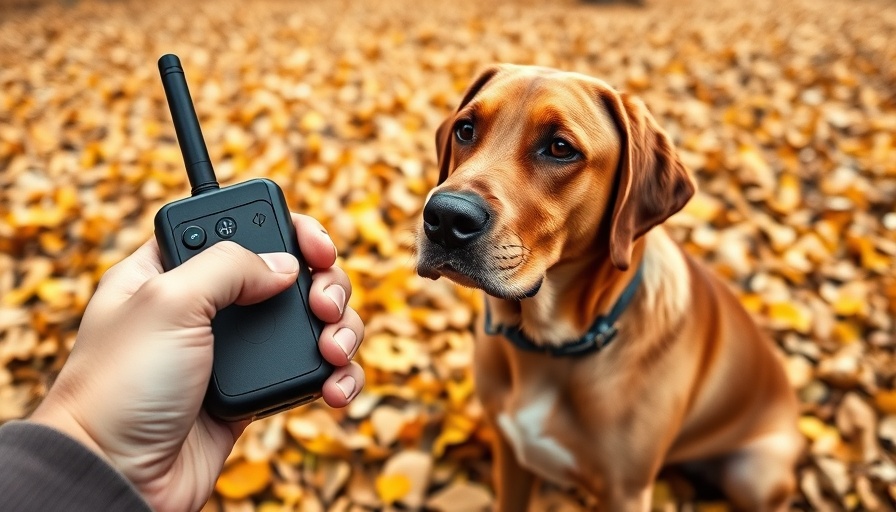






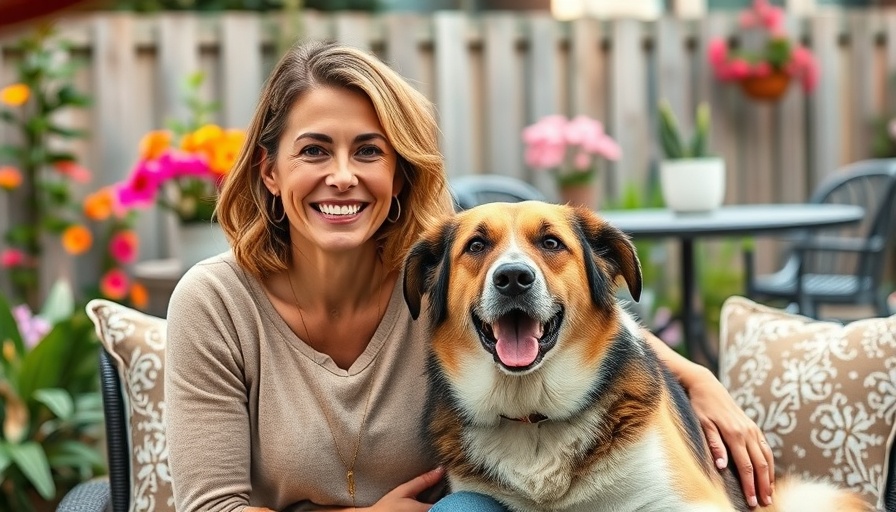


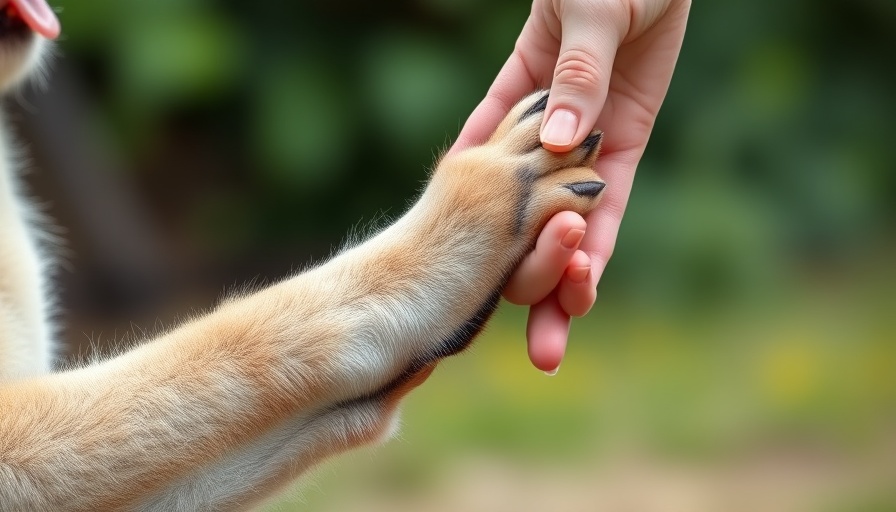
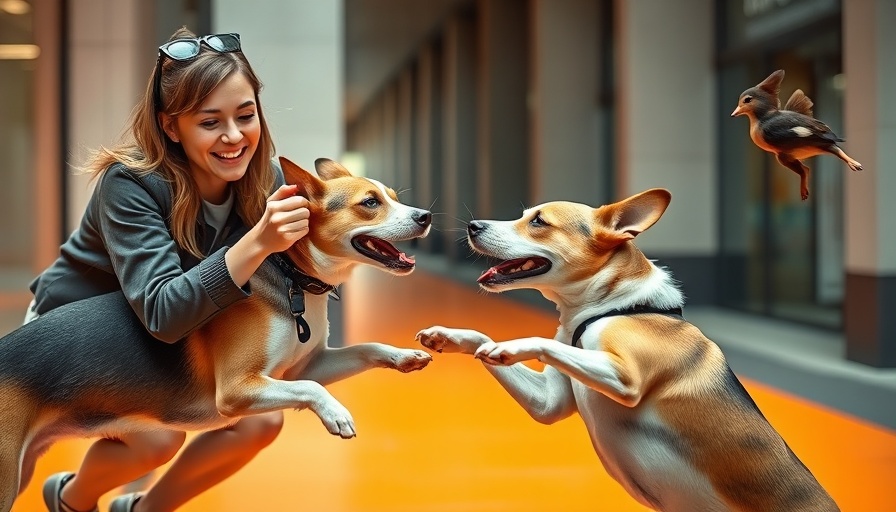
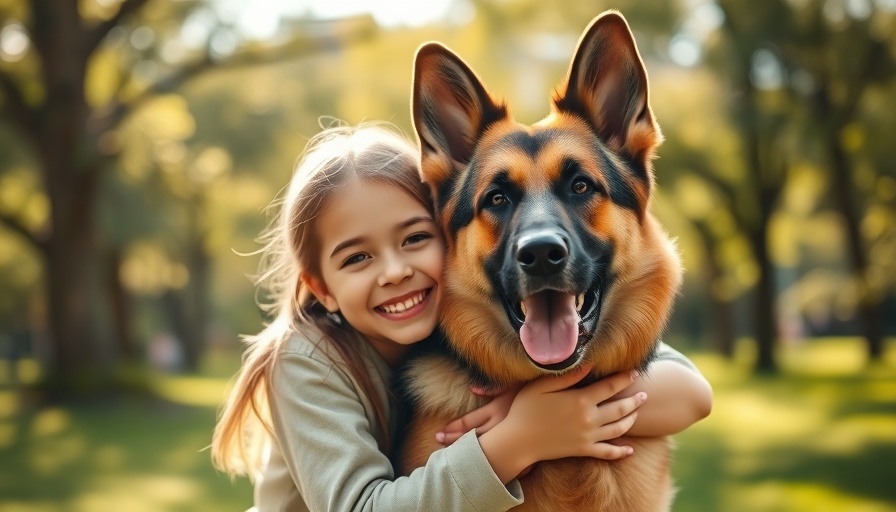

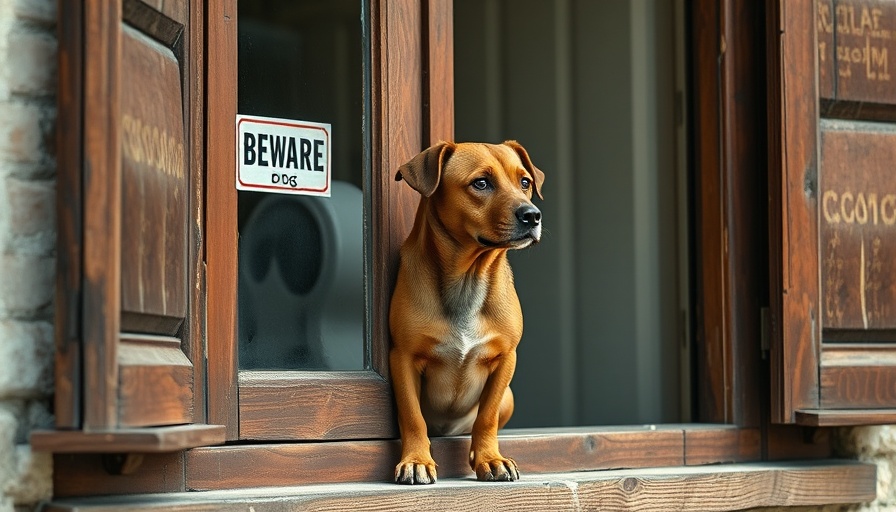
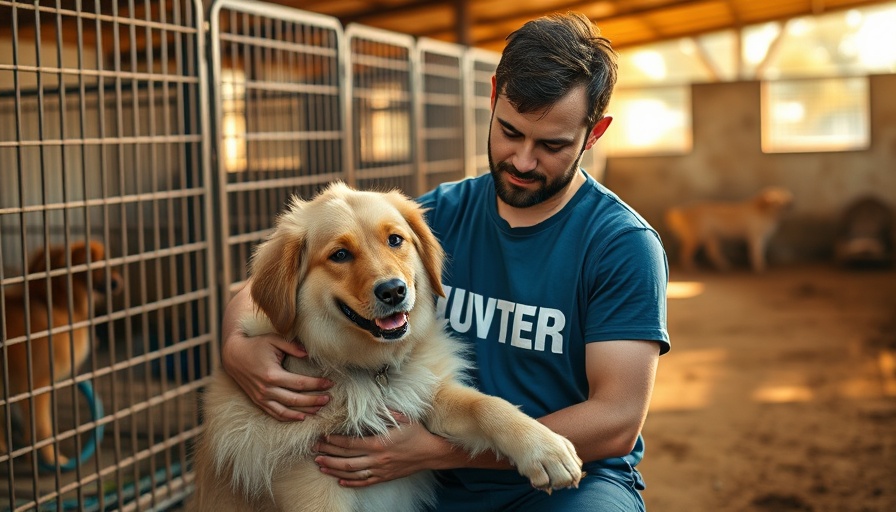




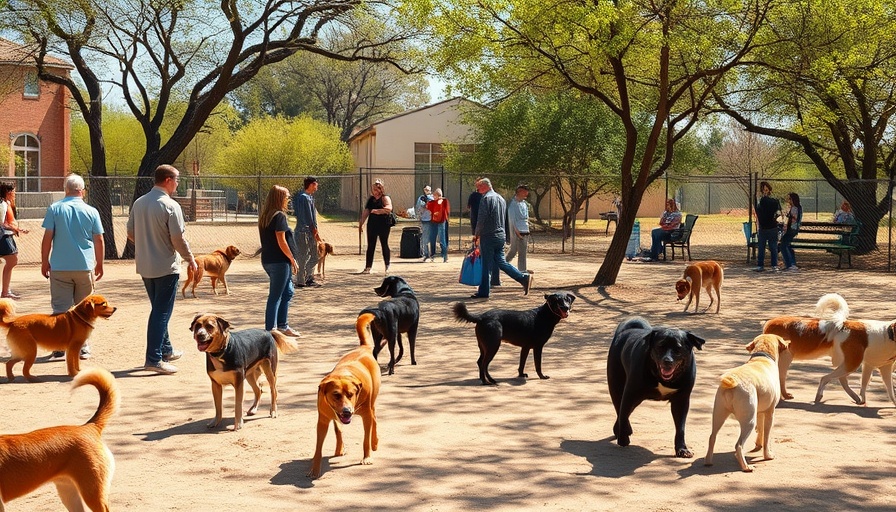
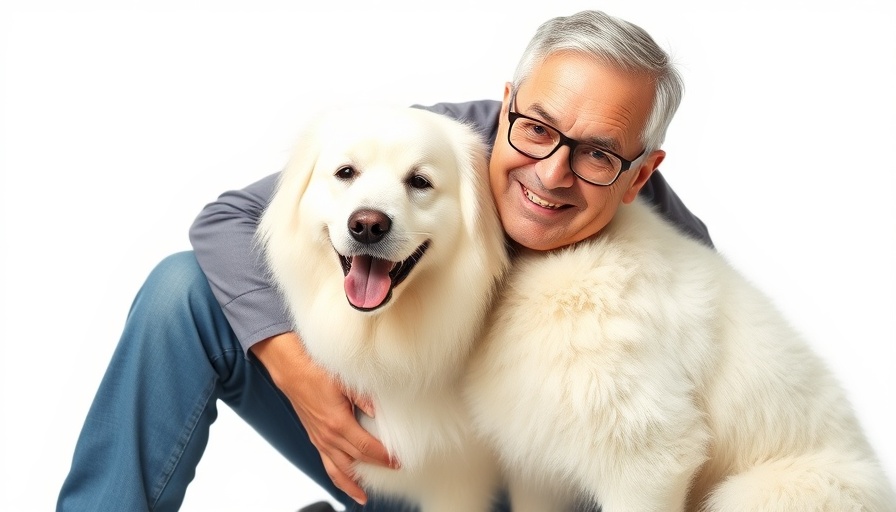



 Add Row
Add Row
 Add
Add

